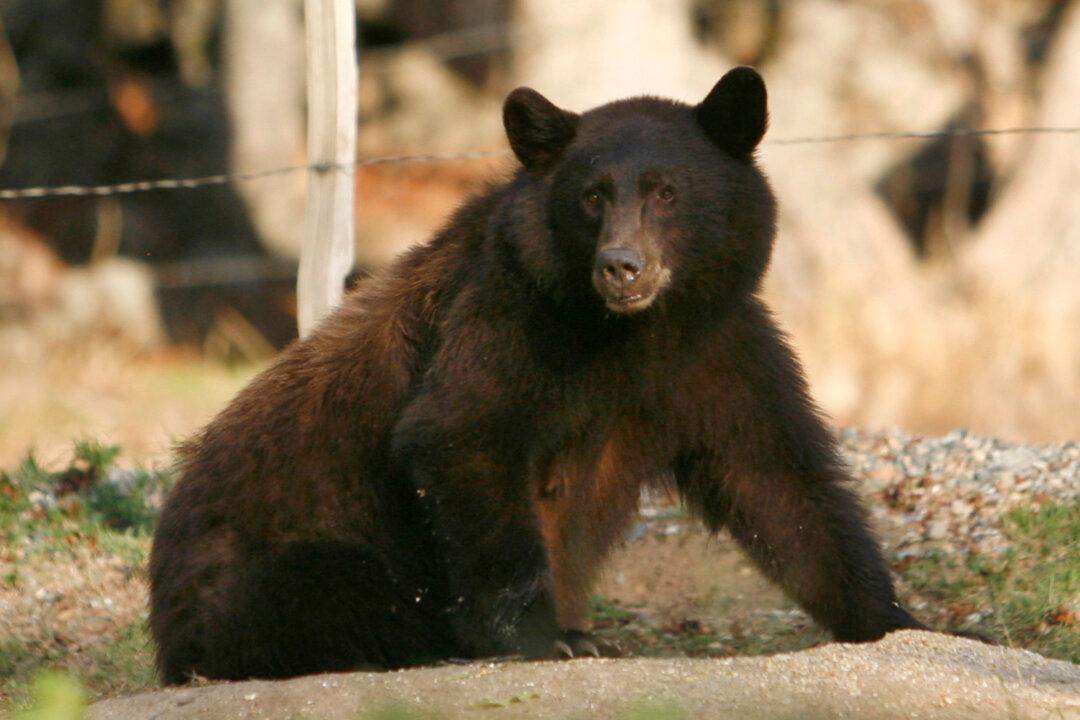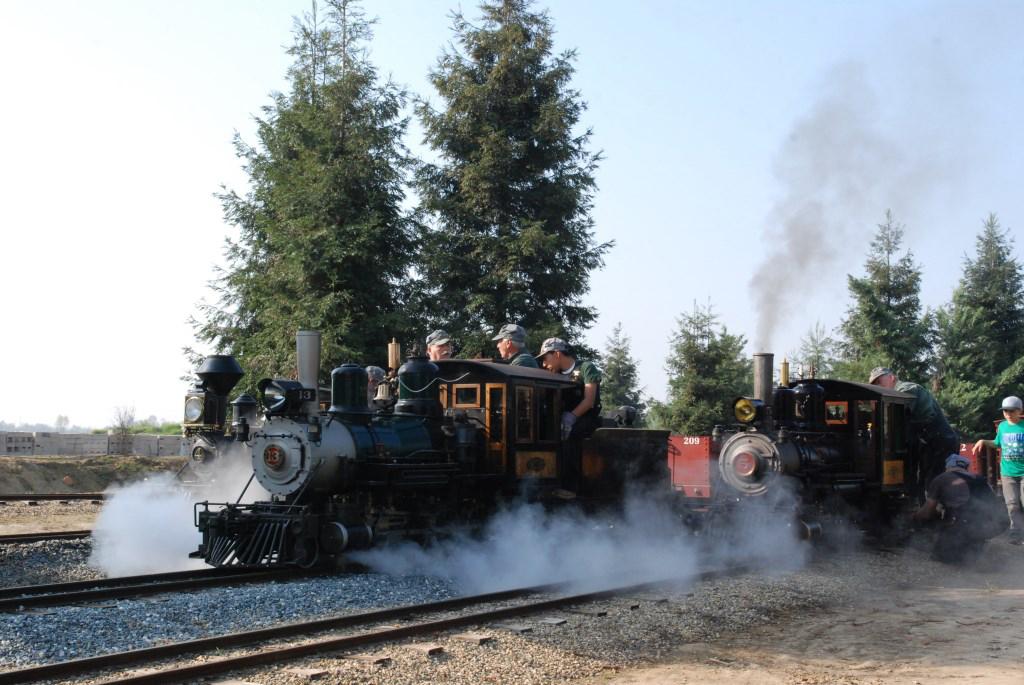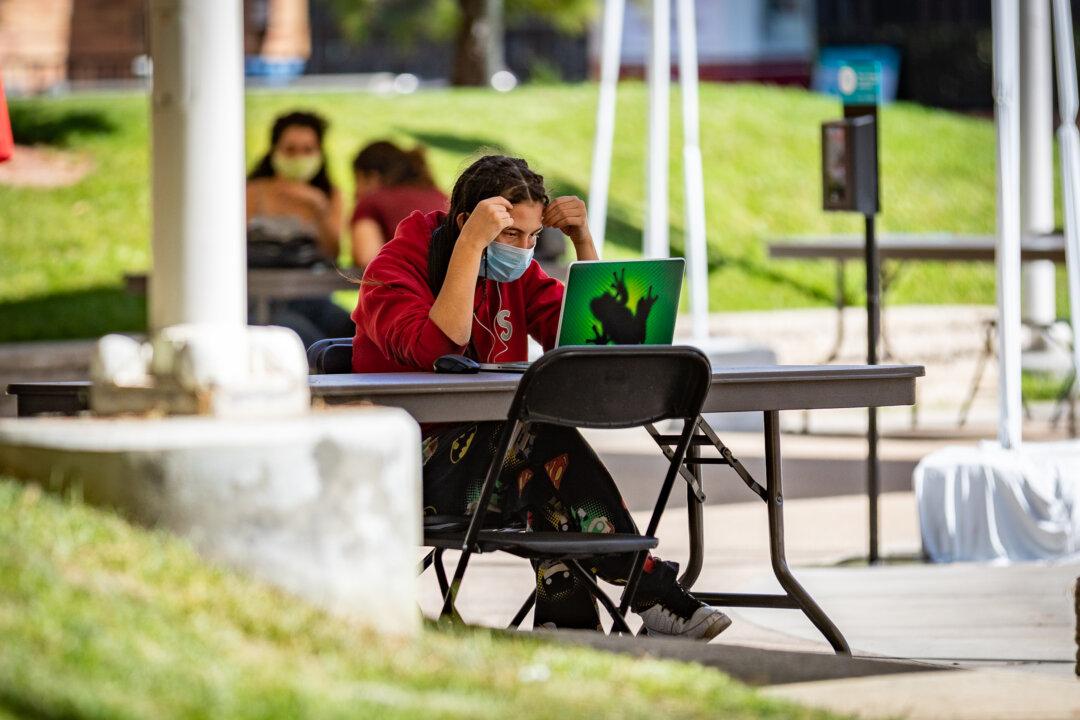Visitors to California’s Sierra Nevada mountains may notice signs posted near campsites or pullouts warning of bear activity in the Cedar Grove area of Kings Canyon.
“The bears have been a little more active down in the Cedar Grove area,” Sequoia and Kings Canyon public affairs officer Holly Brown told The Epoch Times.





